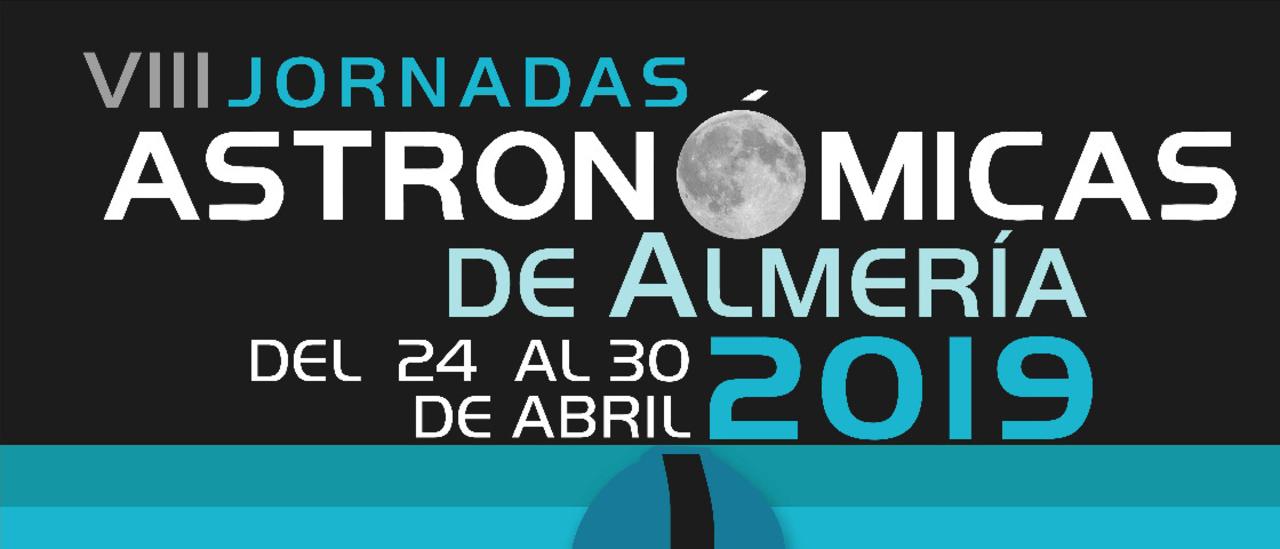Subvenciones relacionadas:
General
El objetivo básico del proyecto es investigar la evolución de las galaxias mediante el entendimiento de la interacción del medio interestelar y las estrellas. La técnica principal que utilizamos es la cinemática bidimensional de galaxias enteras observada por nuestro instrumento GHaFaS, un interferometro Fabry Perot en el telescopio William Herschel del ORM. Combinamos los datos de GHaFaS con imágenes fotométricas propias, con ACAM en el mismo telescopio, con una variedad de fuentesde imágenes en el infrarrojo y el ultravioleta, y con mapas de líneas de emisión en los rangos de radio y milimétrico para explorar los efectos, y los parámetros físicos que determinen el ritmo de formación y la función de masas de las estrellas según la localización de su formación en las galaxias.
En la fase actual del proyecto, los aspectos dinámicos que estamos explorando son básicamente dos: la estructura resonante de los discos y las barras, y los efectos de las zonas de formación de estrellas masivas en su entorno mediante los vientos estelares y las supernovas. Además, en preparación para la exploración de la formación de las galaxias en épocas anteriores, estamos estudiando como las interacciones entre galaxias estimulan y condicionan la formación estelar en ellas antes de su fusión. En el futuro los trabajos se extenderán, lógicamente, en dos direcciones: hacia fuera a galaxias con z creciente, y “hacia dentro” al aplicar nuestra metodología al estudio de los procesos interestelares en las zonas de formación de estrellas masivas en la galaxia M33 del grupo local.
Acoplado al estudio cinemático, estamos trabajando en aspectos de la evolución de los discos de las galaxias en la base de observaciones con precisión de sus perfiles de brillo superficial, tanto en el universo local como en redshift intermedio. Con la finalidad de avanzar el proyecto en esta dirección estamos colaborando con colegas en el Instituto de Astronomía de la UNAM (México) y del Laboratoire d'Astrophysique de Marseille (Francia) en la implementación de un nuevo instrumento, NEFER, que será un módulo Fabry-Perot de alta resolución incorporado en OSIRIS en el GTC. Hicimos pruebas iniciales exitosas en diciembre de 2017. En Marzo 2018 comisionamos el instrumento para su uso en el telescopio.
Miembros
Resultados
- Se comprobó que el método "Font-Beckman" de analizar las resonancias en galaxias da resultados muy precisos, comparándolos con el método "Tremaine-Weinberg" con datos de GHaFAS (WHT) y MUSE (VLT)
- Los perfiles de galaxias S0 de tipo III (antitruncadas) se midieron por primera vez a z = 0.6 (hace 5 mil millones de años). El radio de la "rotura" resulta igual que en las galaxias locales, aun con un brillo superficial 1.5 magnitudes mayor
- Un nuevo, y muy mejorado analisis del "Campo Ultraprofundo del Hubble" produjo una imagen con fotometría válida hasta 33 magnitudes por segundo de arco cuadrado, revelando las afueras de muchas galaxias
- Comparando galaxias en pares interactivas con galaxias aisladas, se comprobó que el ritmo de formación estelar es mayor en las primeras, y que este aumento is común a los discos y las colas de marea.
- La galaxia NGC 864, (CIG 96) aparentemente aislada, muestra una asimetría en la distribución del HI. Se mostró que la galaxia es aislada de verdad, y que acrecimiento de HI puede explicar la asimetría además de la formación estelar reciente en su pseudo-anillo estelar
Actividad científica
Publicaciones relacionadas
No se han encontrado publicaciones relacionadas.Charlas relacionadas
No se han encontrado charlas relacionadas.Congresos relacionados
No se han encontrado congresos relacionados.Noticias
No se ha encontrado ninguna noticia relacionada.



